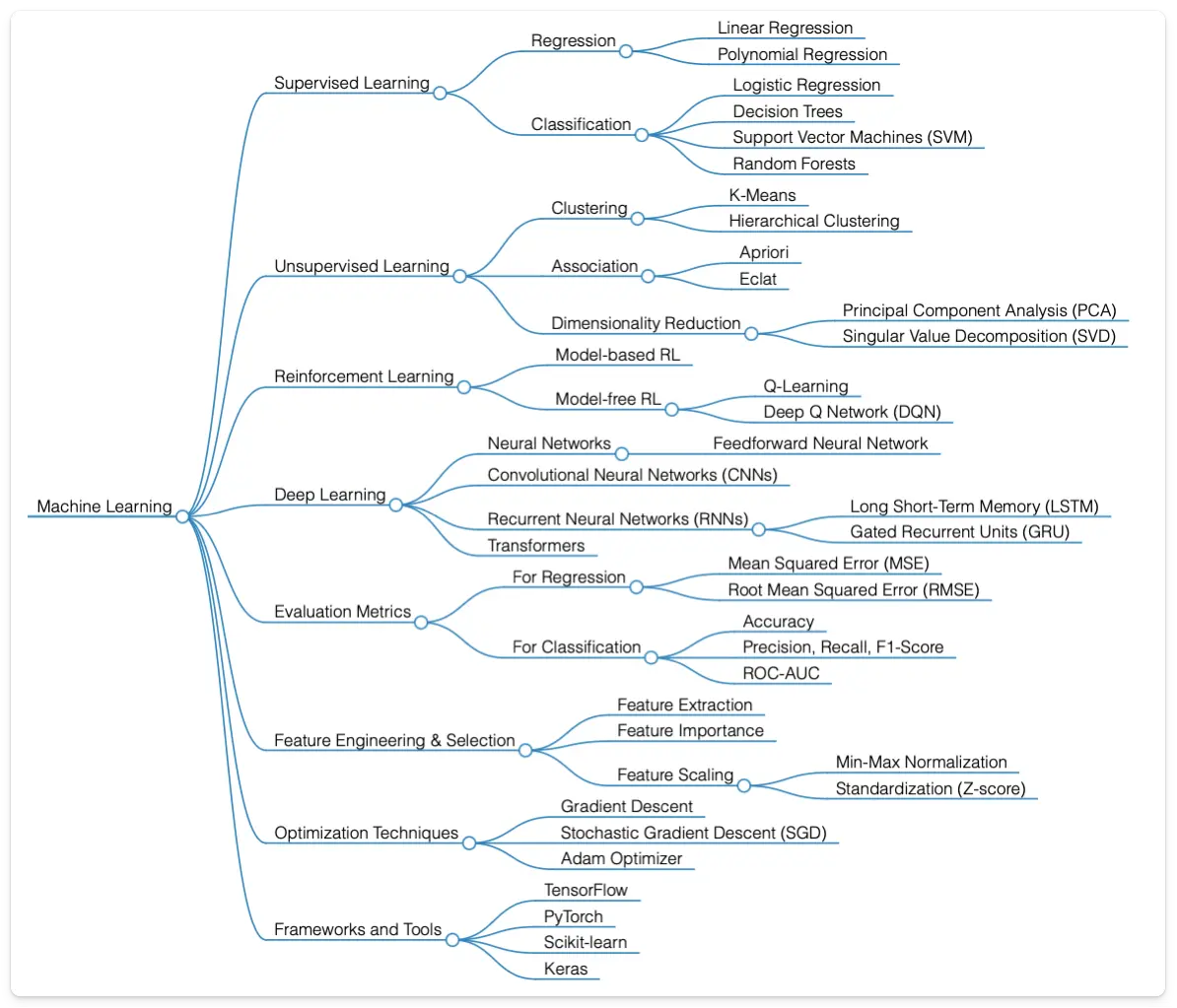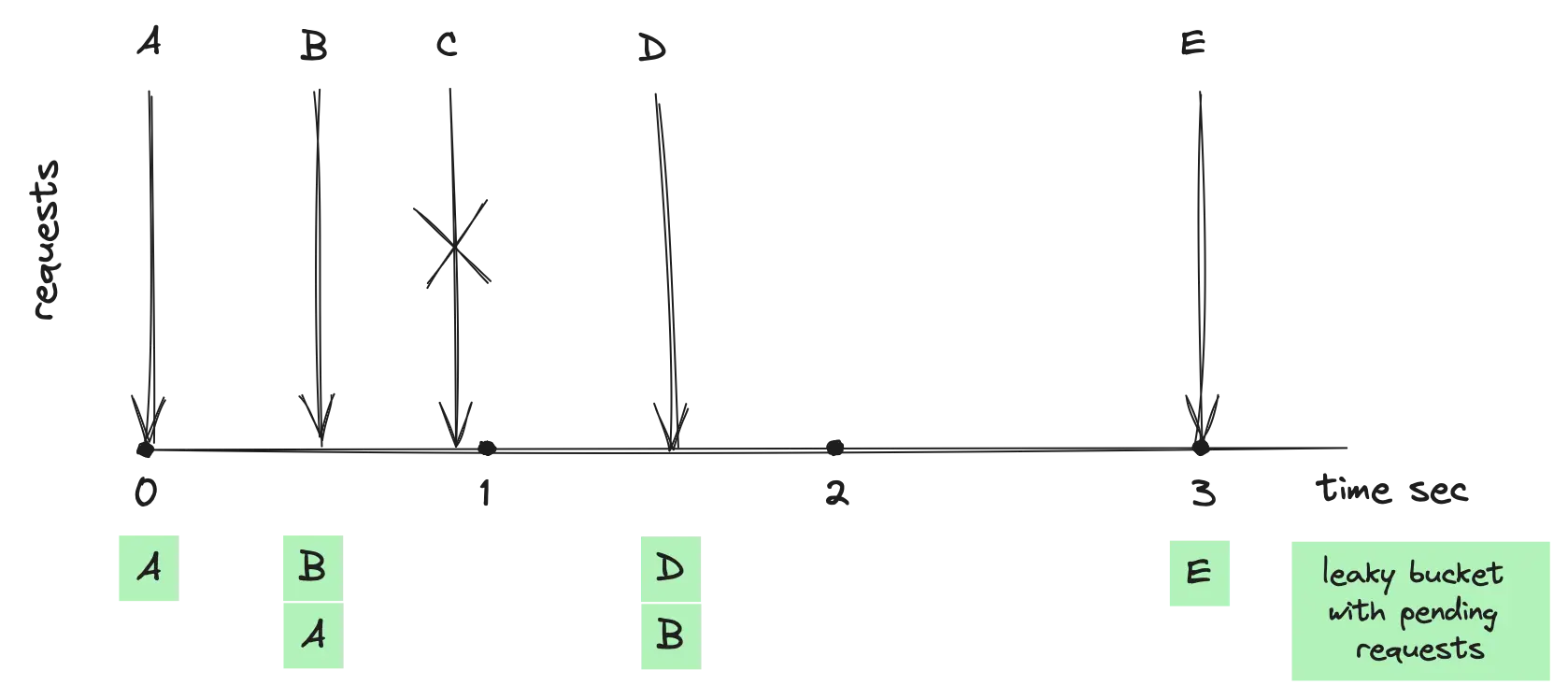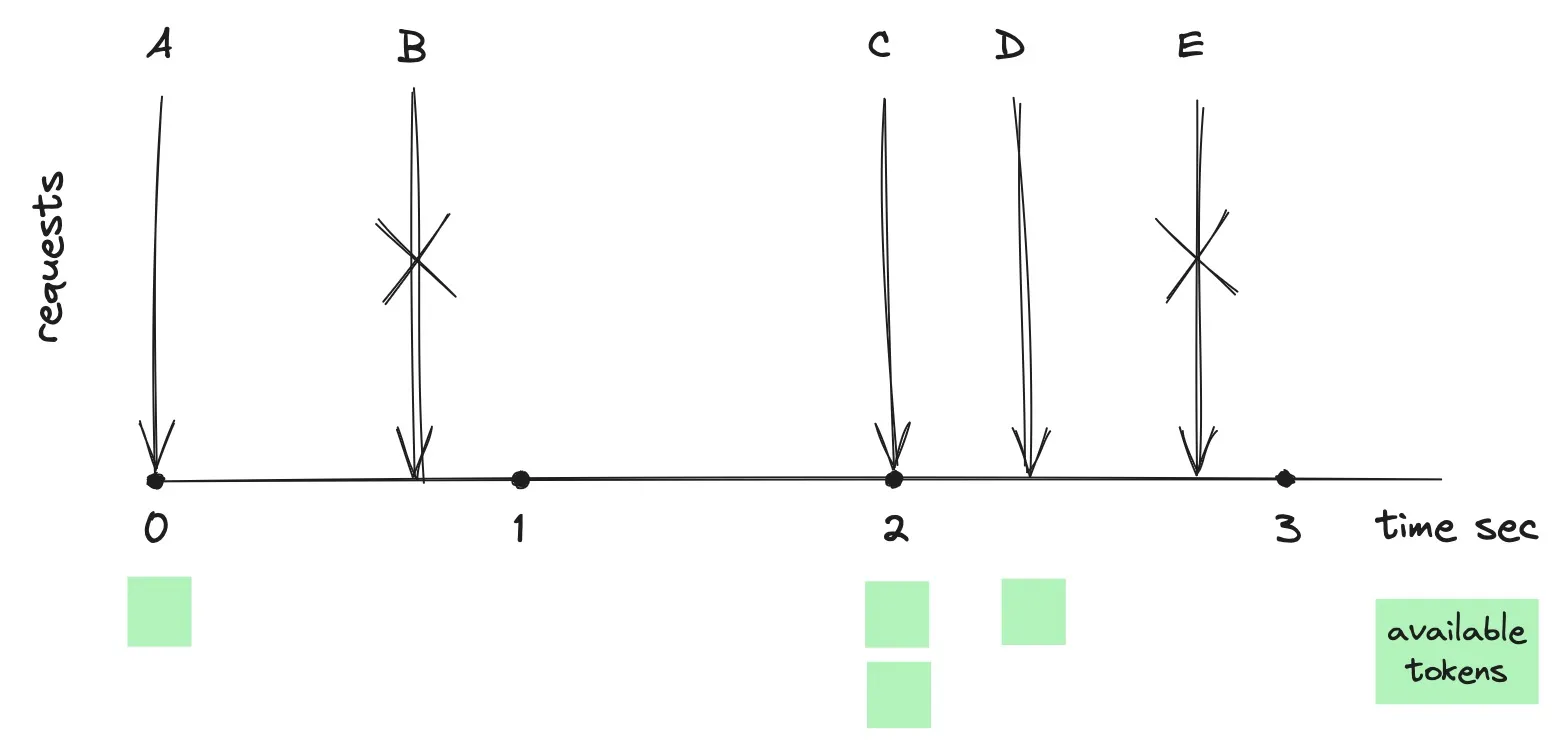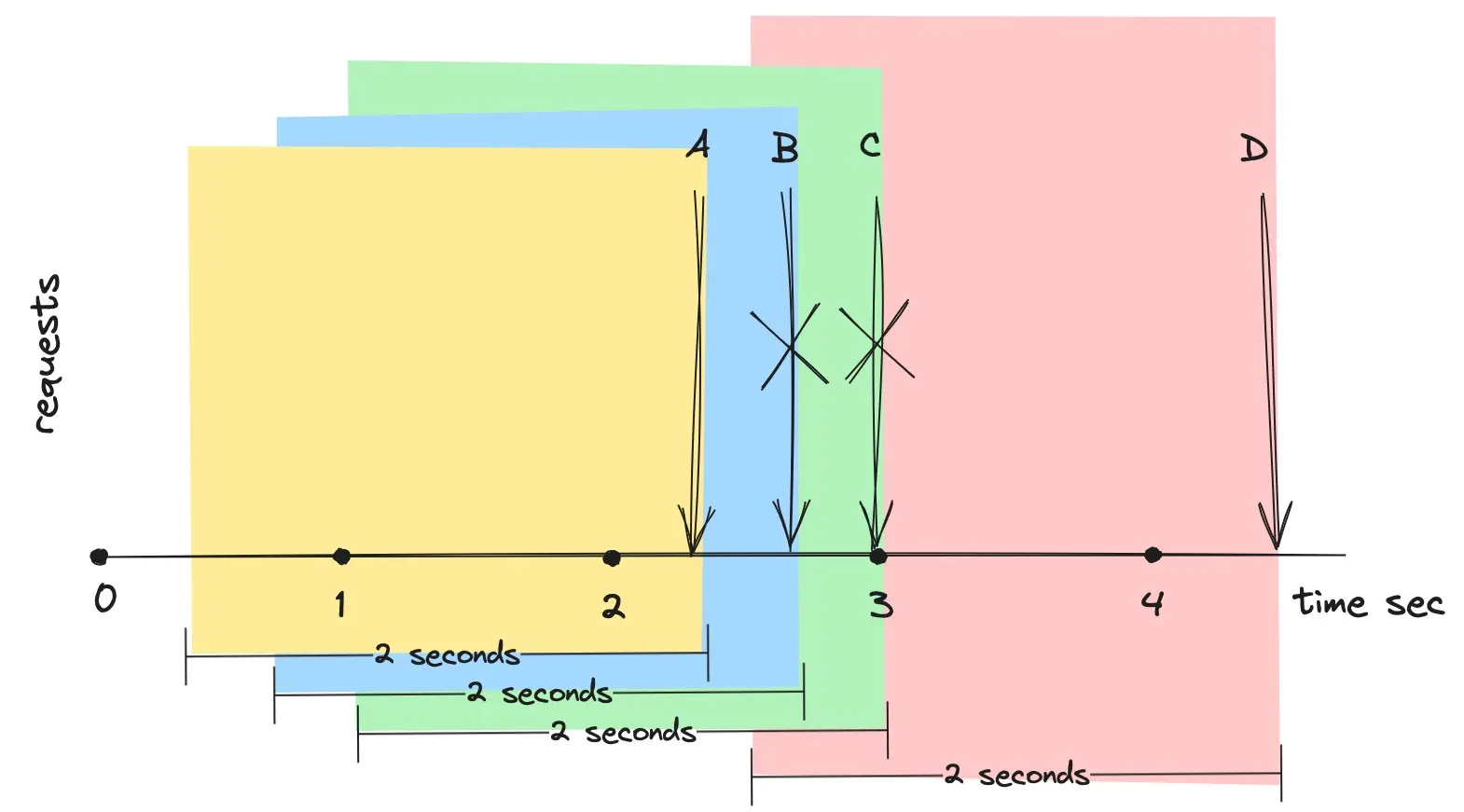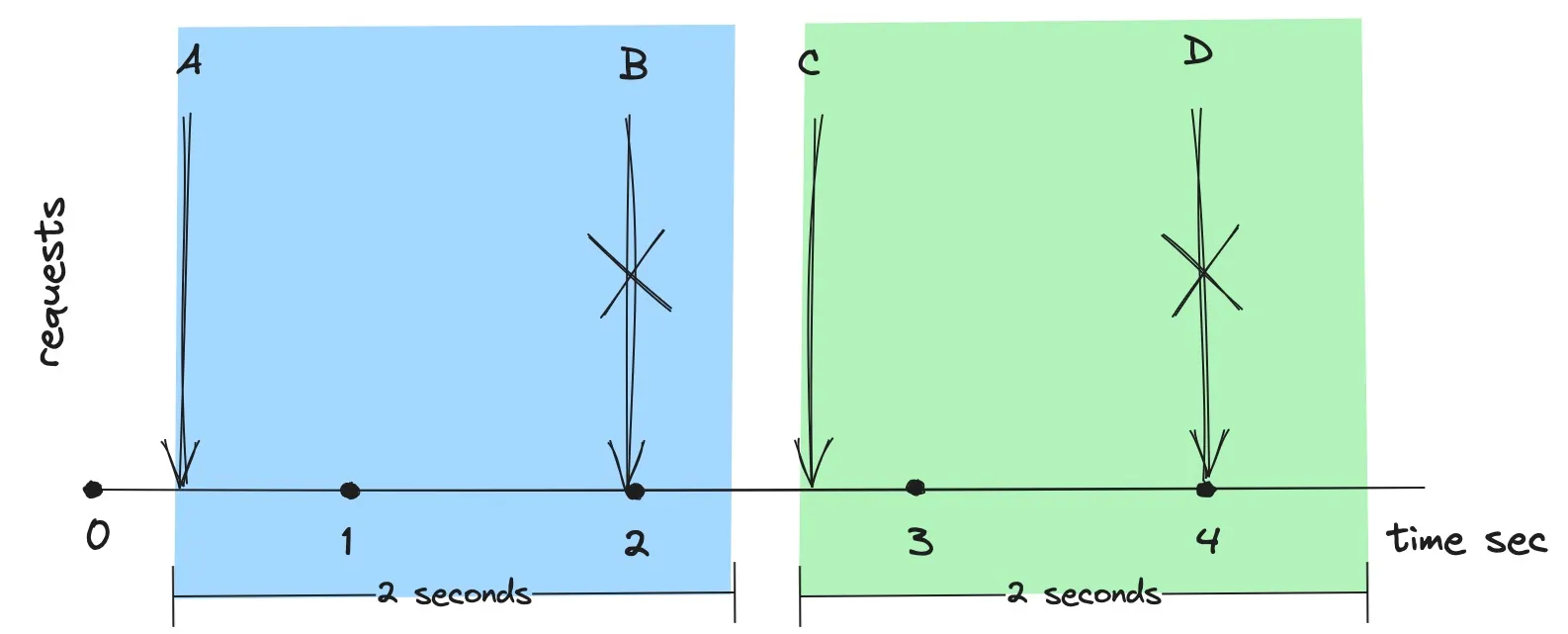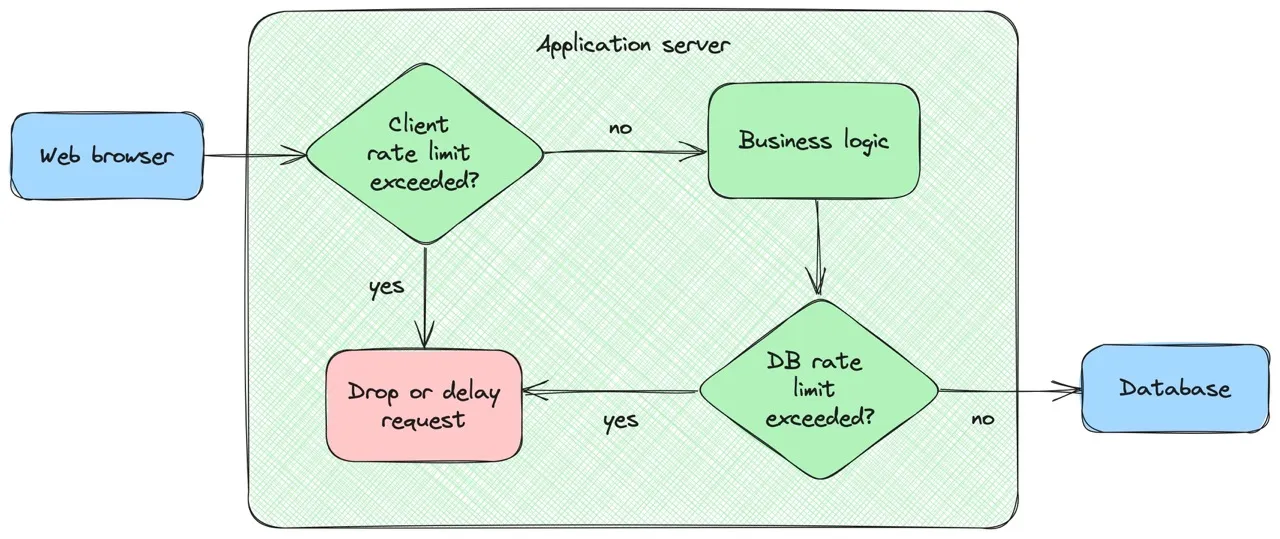Exploring Zig Programming Language with The Mandelbrot Set
- 3741 words
- 18 minutes read
- 25 May 2024
Zig is a general-purpose, statically typed, compiled system programming language designed by Andrew Kelley back in 2016. It aims to succeed C by being simpler and smaller, yet more functional, making it an appealing choice for system-level programming.
The Mandelbrot set, on the other hand, is a complex fractal shape. It consists of points in the complex plane that remain within certain limits under repeated application of a simple mathematical formula.

Let’s explore Zig by building a program that plots the Mandelbrot set, as shown in the figure above. The task involves parsing command-line arguments, iterating over image pixels, coloring pixels based on their inclusion in the Mandelbrot set, writing the results into a PNG file, and enhancing rendering performance by leveraging Zig’s concurrency capabilities.

